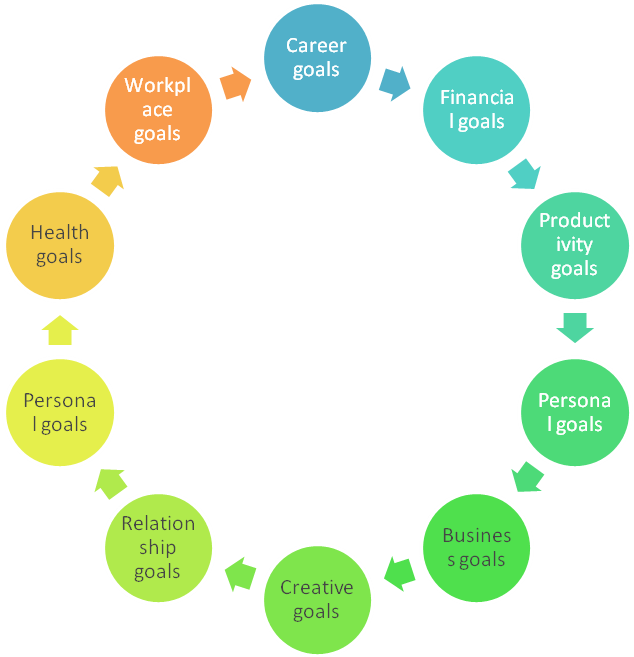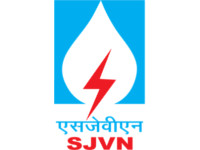Coaching is unique Self-Directed learning that is solution-focused. The elements of positive feedback, learning, focus on strengths and growth, help in moving the coachee towards positive results. It is a structured process that ensures that the coachee stays on track and progresses towards his or her desired outcomes
This one-to-one interaction between a coach and an executive is a powerful tool to enhance the executives potential-both on the job and at a personal level. This is done through a series of structured dialogues, held at regular intervals. An executive coach is a qualified professional that works with individuals to help them gain self-awareness, clarify goals, achieve their development objectives, unlock their potential, and act as a sounding board.
Most organizations today follow the 70:20:10 principle for leadership development. 70% of the development is based on action on the job, structured experiences (assignments, projects, job rotation, etc.), 20 % is based on coaching/dialogues and 10 % is based on classroom education.

A typical coaching engagement includes 8-10 coaching conversations spread over a 1-year period and includes working with different types of goals.
TVRLS Expertise Lies In:
- Certified Coaches who have rich experience of working with CEOs and as Executive Coaches
- Use of a Personal Profile and other worksheets as a part of preparation and pre-work by the Coachee.
- Use of a variety of In-house tools and methodologies such as 360-degree feedback, Assessment & Development Center reports and psychological assessments to guide the coaching relationship.
Key milestones in a typical Coaching Engagement:
| Session | Coaching Conversation 1 | Coaching Conversation 2 | Coaching Conversation 3-9 | Coaching Conversation 10 |
|---|---|---|---|---|
| Outcomes | Establishing the Coaching engagement | Goal setting (Primary and secondary Goals) | Ongoing Coaching Sessions | Celebrating Success |
| Coverage |
|
|
|
|
Outcomes expected:
- Better leadership impact leading to more satisfied and motivated executives and teams that they lead.
- Behavior improvements like better listening, increased productivity, work-life balance, time management, delegation, better utilization of the competencies of others and the creation of a more healthy and motivating climate in the region or area of activity.







